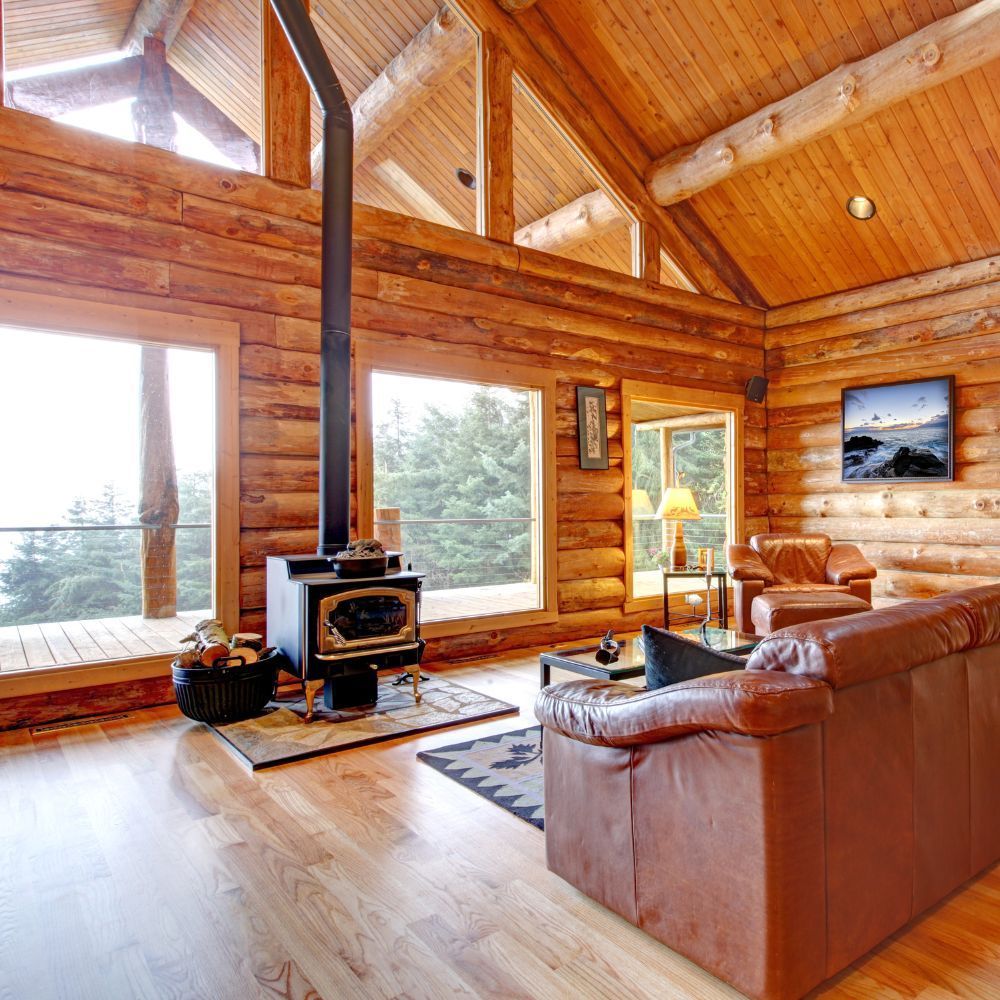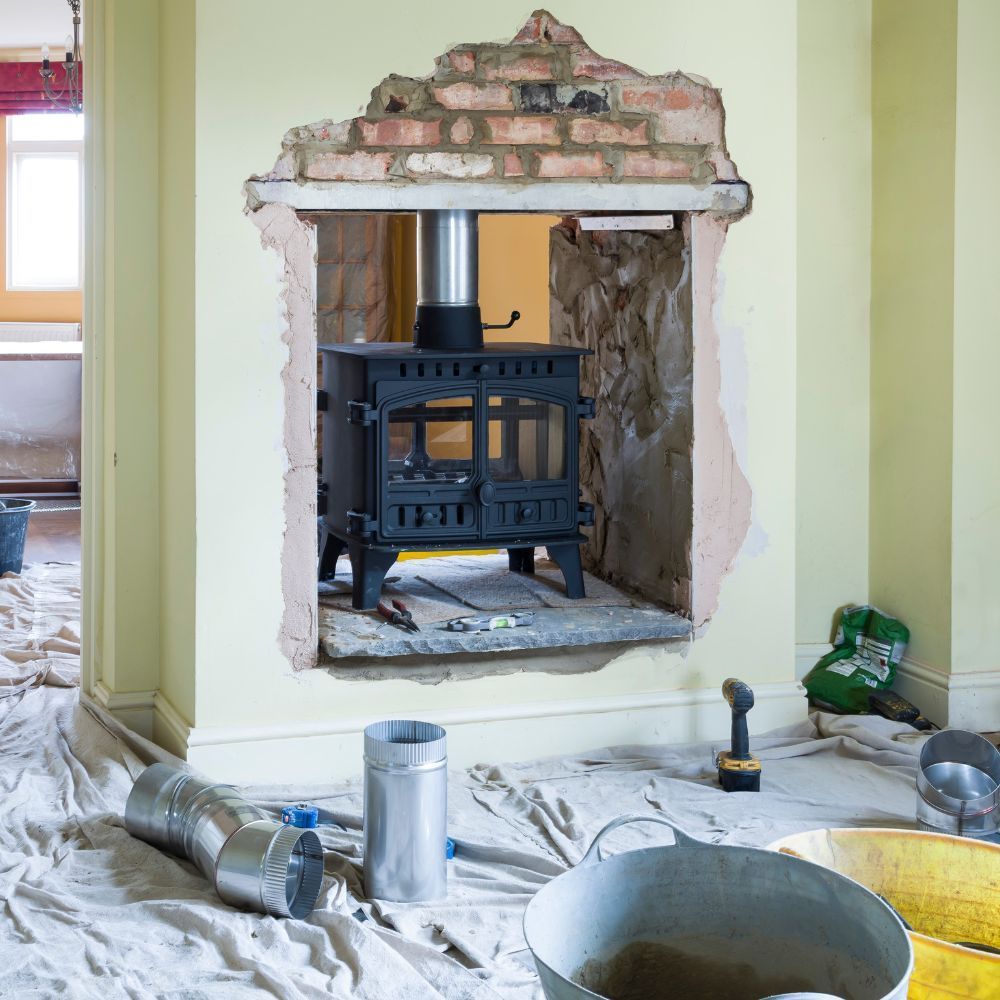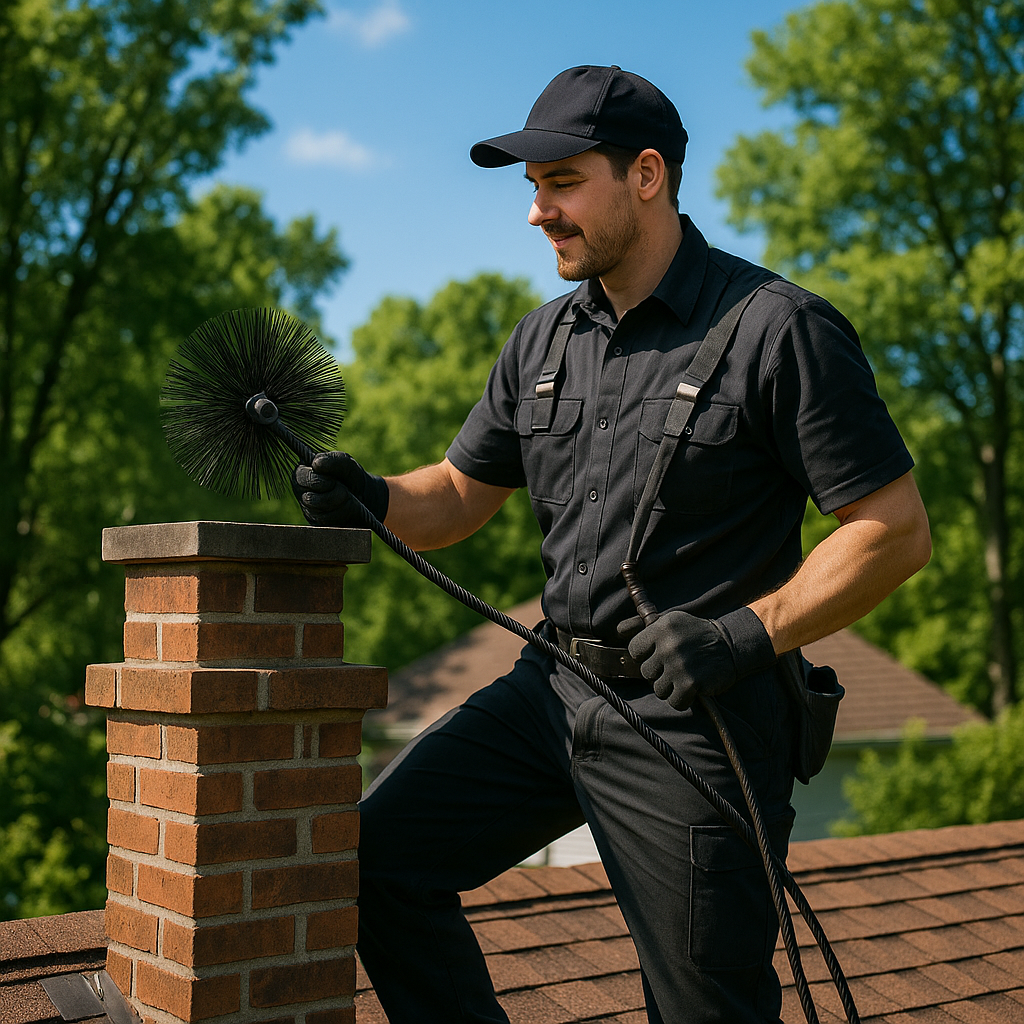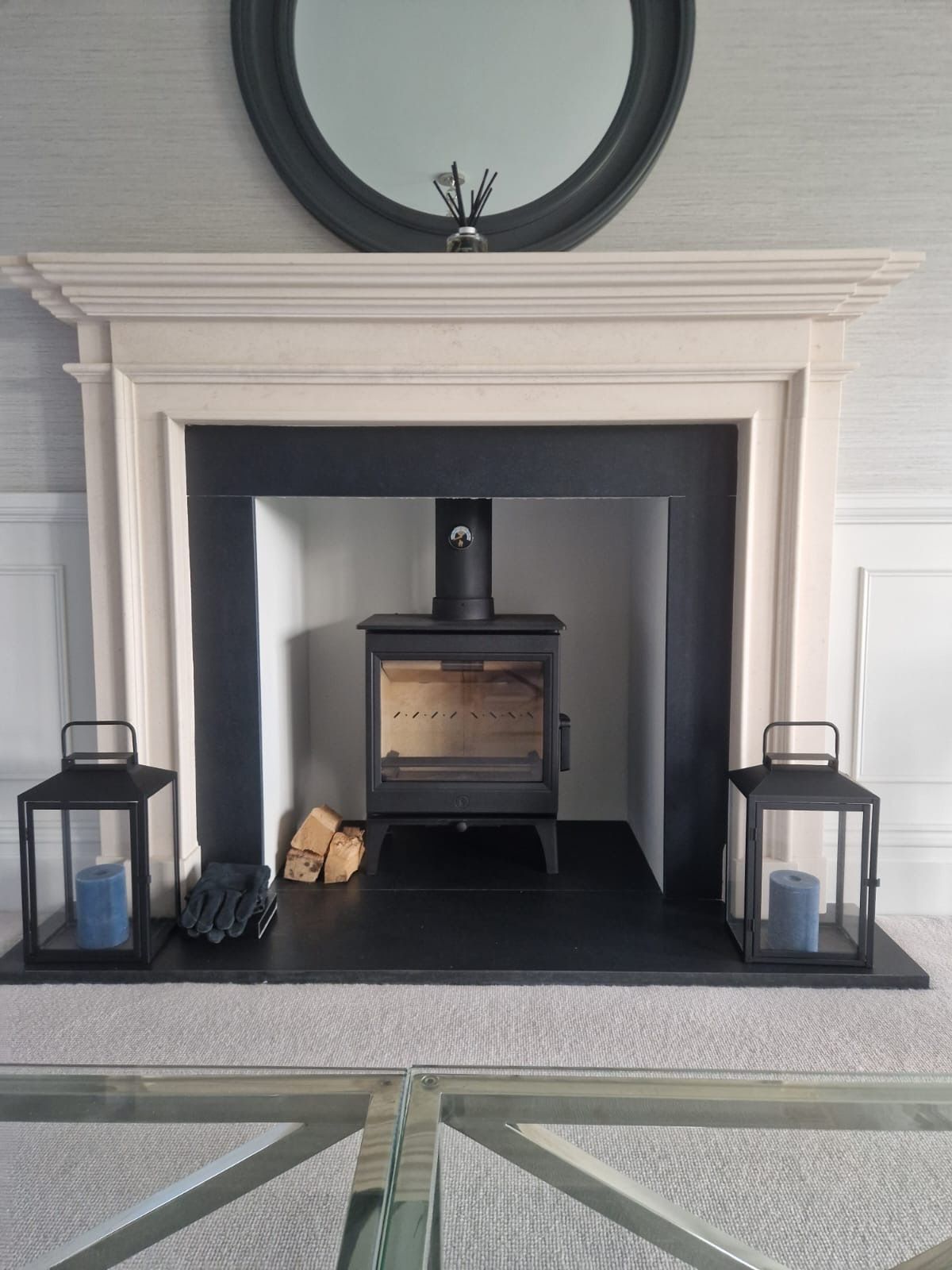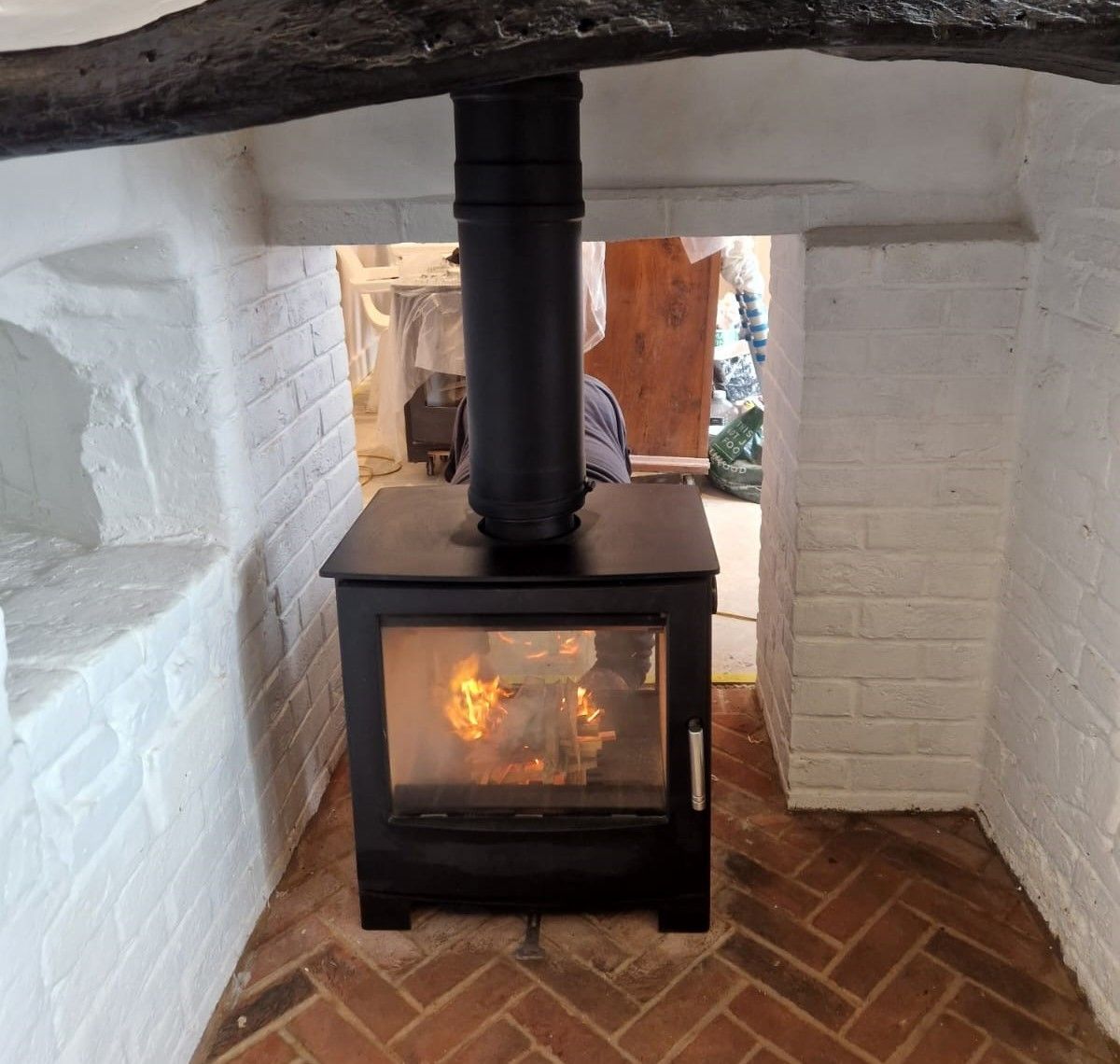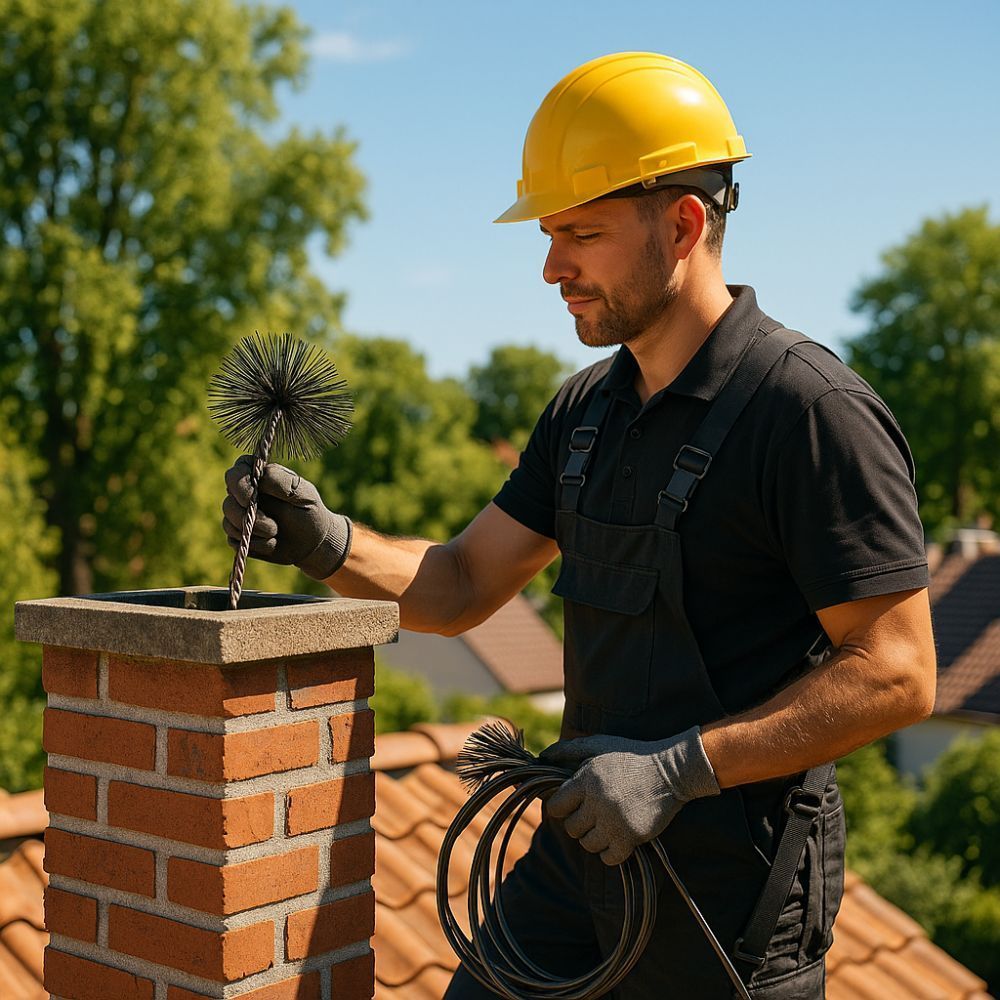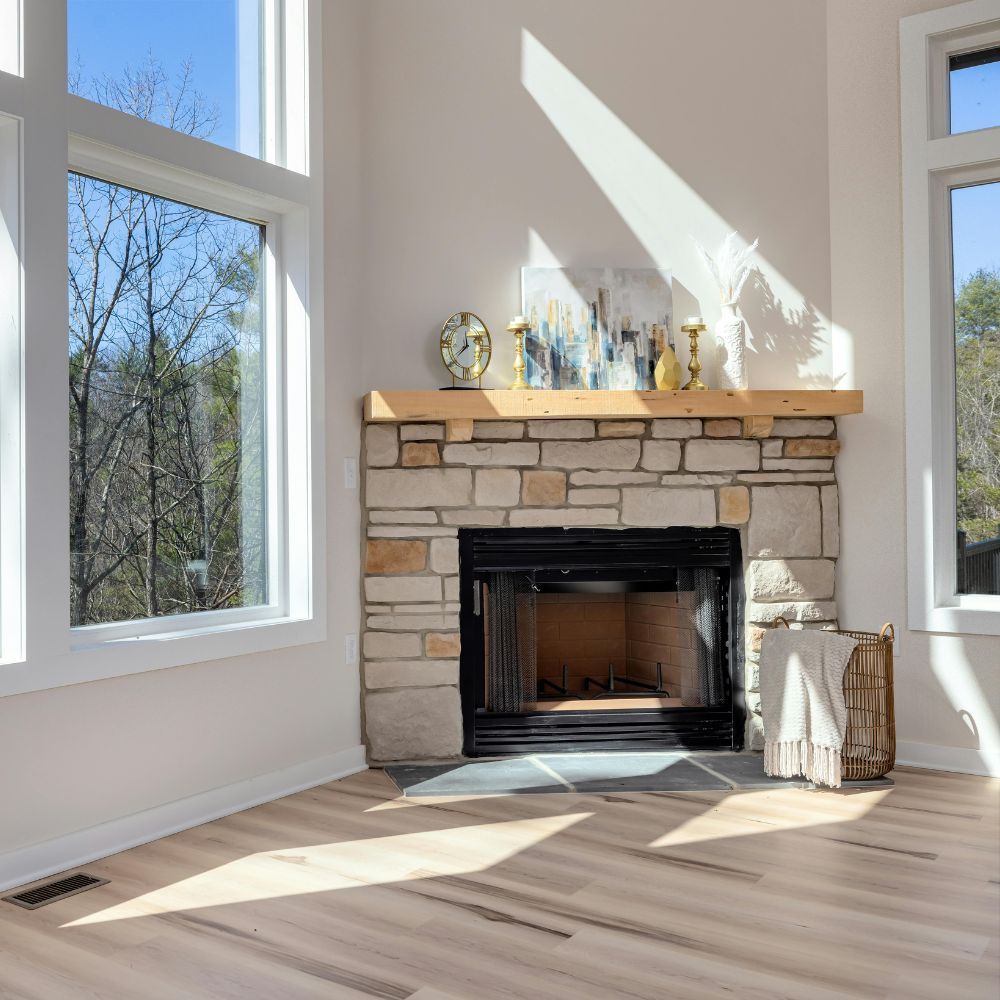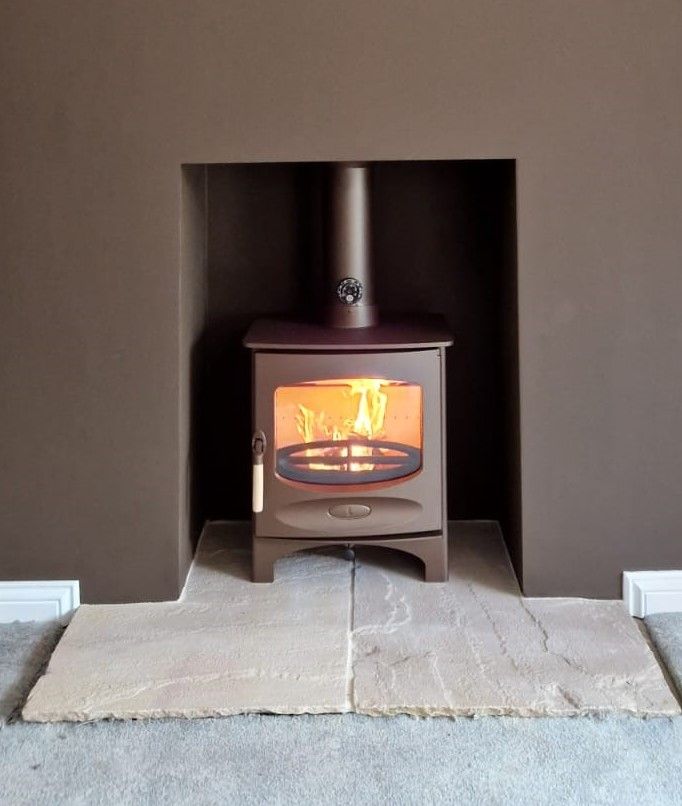How to Improve Energy Efficiency With a Woodburning Stove
A practical way to lower heating costs without compromising on comfort
As energy bills continue to rise, many households are rethinking how they heat their homes. Whilst central heating might still provide the main heat source in the household, it is often not the most cost-effective solution, especially in rooms that aren’t used all day. That is where a woodburning stove can make a noticeable difference. It is not just about adding a cosy focal point; it is also a practical, efficient way to supplement your heating and reduce your reliance on gas or electricity.
At New Forest Fires, we understand the benefits of having a well-installed wood burning stove in the home to help to reduce the cost of central heating. In this guide, we consider how to make it work efficiently for your space.
Choose the Right Size and Output
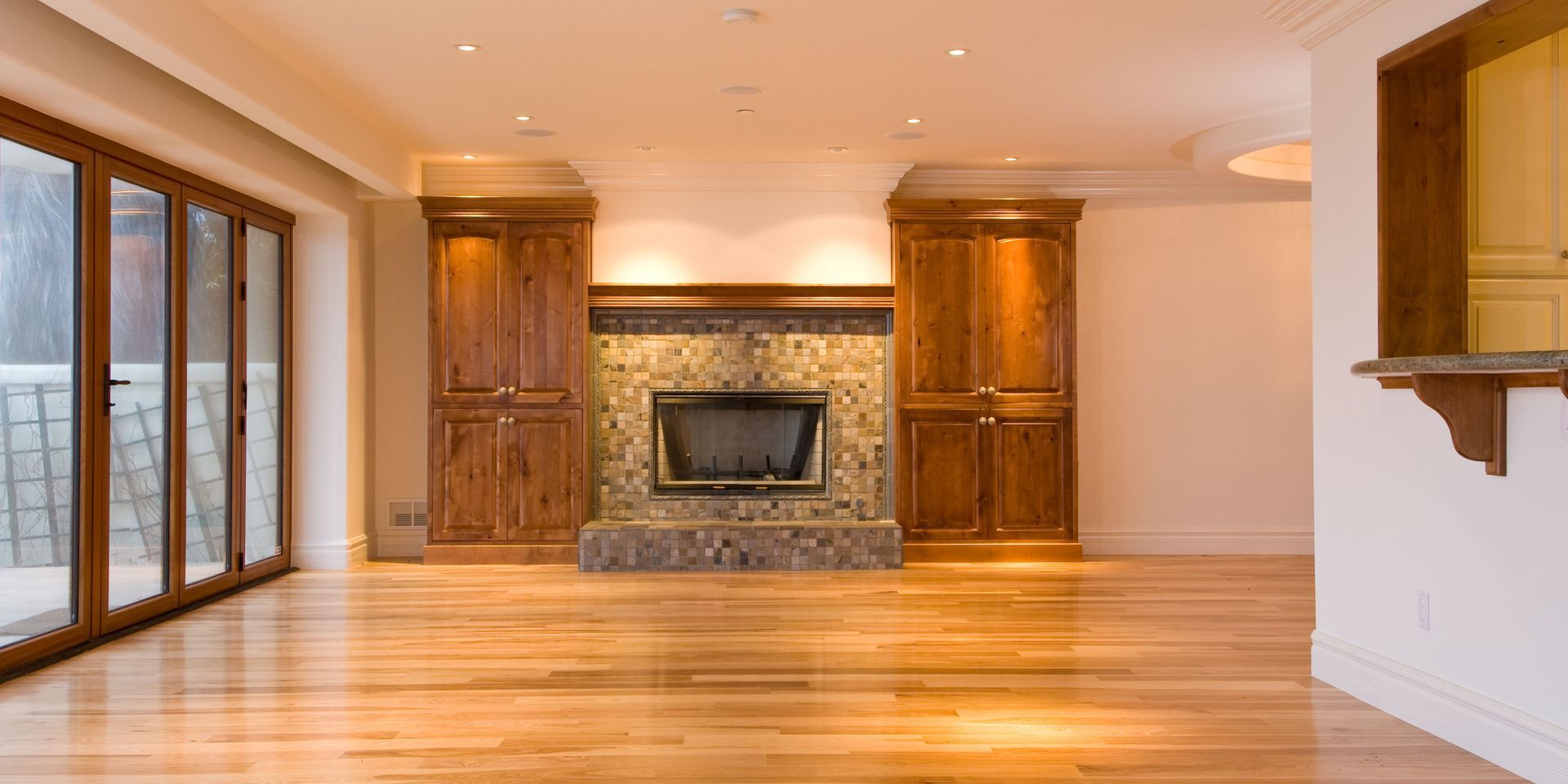
Not all stoves are created equal, and bigger is not always better. A stove that is too powerful for the room will lead to overheating and wasted fuel. One that is too small will not provide enough warmth to make a difference.
- Measure the space where the stove will go and choose an appropriate heat output
- Consider insulation levels in your home. Older properties may need a slightly higher output
- Speak to an experienced installer who can recommend a size that suits both your space and lifestyle
Getting the right fit helps you heat the room effectively without wasting energy.
Use Seasoned Wood
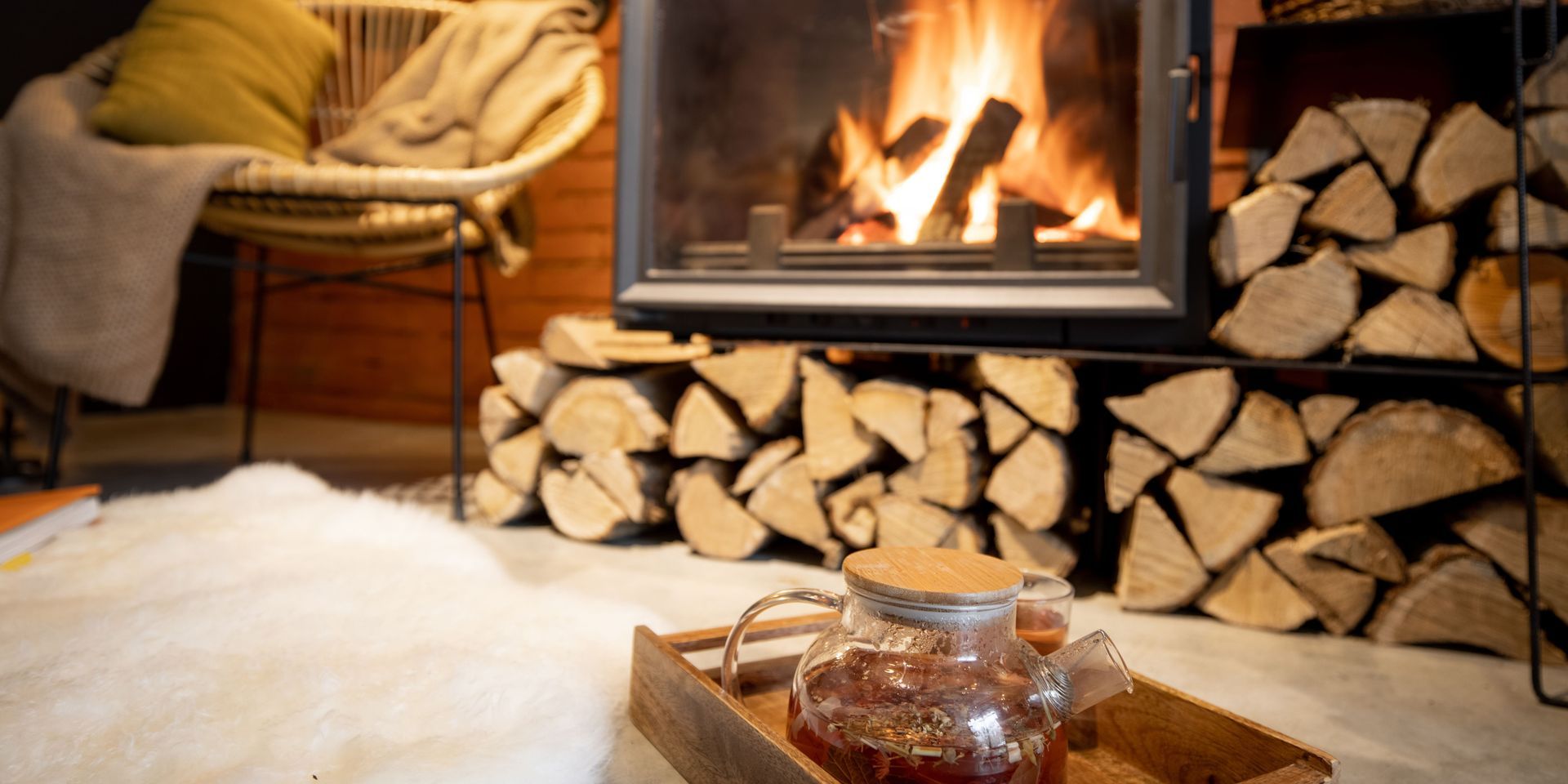
The type of fuel you use plays a huge role in how efficient your stove is. Wood that hasn’t been properly dried will burn poorly, produce more smoke, and create more deposits in the flue.
- Always use seasoned or kiln-dried logs with a moisture content below 20 per cent
- Store logs in a dry, well-ventilated area so they stay ready to burn
- Avoid burning treated wood or household waste, which can damage your stove and reduce efficiency
Good fuel means better heat, cleaner air and a longer lifespan for your stove.
Zone Your Heating

A stove makes it easier to heat just the parts of your home that you are using, rather than heating the entire house with the central heating system. This is especially useful in the evenings or on weekends when you are mostly in one area.
- Use your stove to warm the living room or kitchen, and turn down radiators in the rest of the house
- Add a door curtain or draught excluder to help retain warmth in the room
- Consider placing your stove in the room you spend the most time in during colder months
This targeted approach can lead to a noticeable drop in your energy use over time.
Keep Your Stove Well Maintained
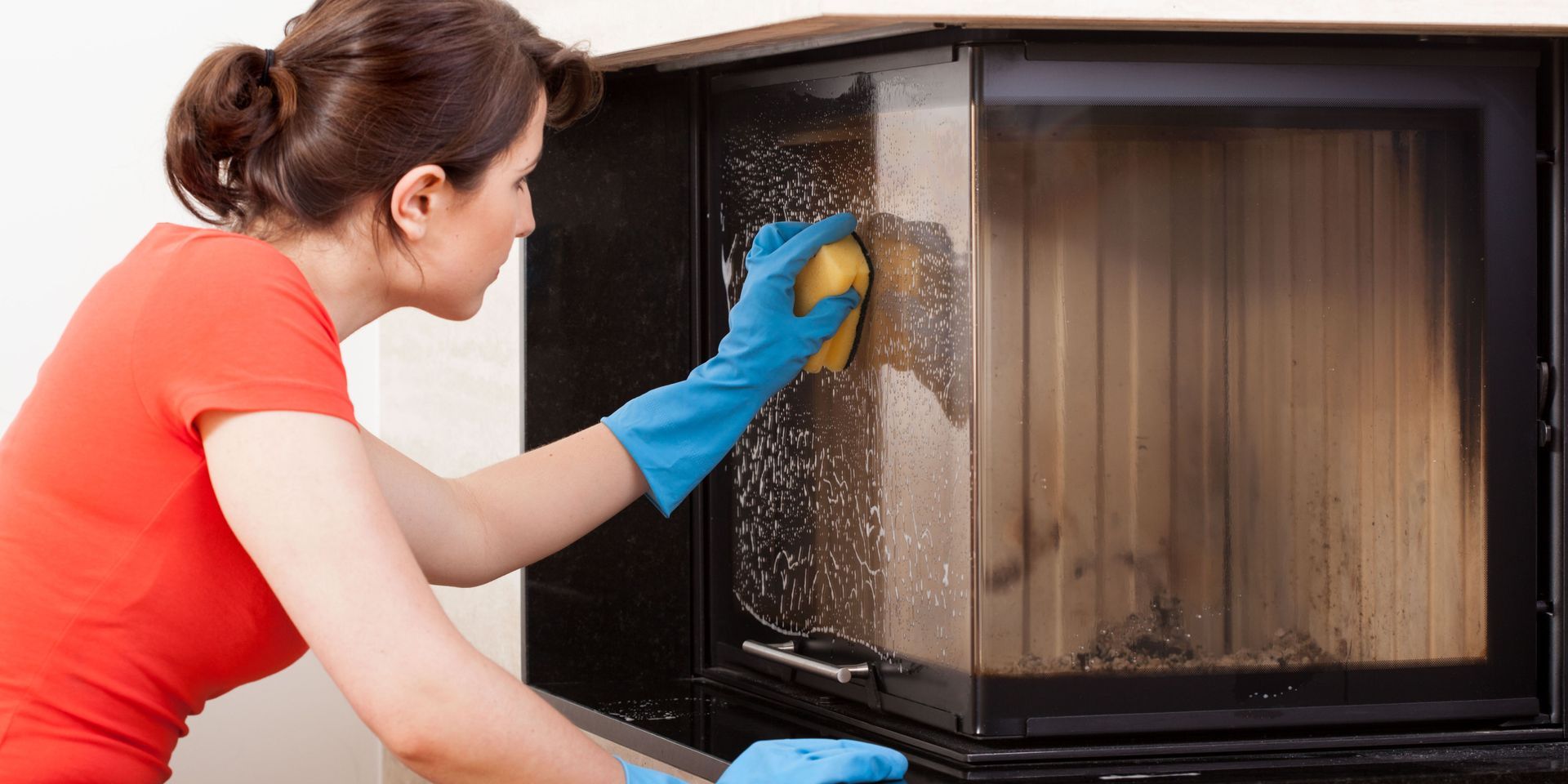
A poorly maintained stove will not run as efficiently as it should. Regular cleaning and servicing are important for both performance and safety.
- Clear out ash regularly and make sure vents are free from blockage
- Have your flue and chimney swept at least once a year
- Get your stove checked by a professional if you notice changes in performance
A well-looked-after stove will reward you with years of reliable, cost-saving heat.
If you are thinking about adding a stove or want advice on how to get the most from your current setup, visit www.newforestfires.co.uk for expert guidance, installation services and quality woodburning solutions that are built to last.

